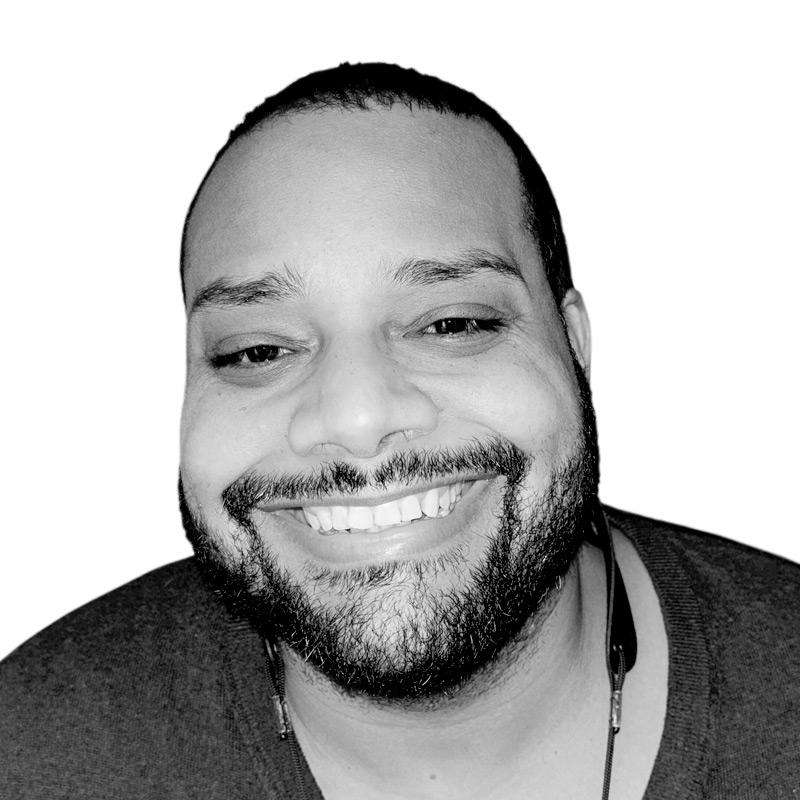
On Monday afternoon, the White House hastily arranged the Diplomatic Reception Room to host a live televised speech from Donald Trump. “Racism is evil,” the president said. “Those who cause violence in its name are criminals and thugs, including the KKK, neo-Nazis, white supremacists, and other hate groups that are repugnant to everything we hold dear as Americans.” Such a condemnation would come as a surprise at any point in Trump’s political career, but this week it comes as too little, too late.
The president’s remarks on Monday followed a weekend upset by racialized violence in Charlottesville, Virginia—an idyllic college town, home to the University of Virginia. White supremacist groups, backed by heavily armed militias that appeared to outnumber local police, organized a “Unite the Right” rally that kicked off Friday evening and then reconvened Saturday. On Saturday, Unite the Right shared space with left-wing counterprotesters from the likes of Antifa and Black Lives Matter. The two factions clashed throughout the day. Unite the Right’s violence turned deadly when, according to police, James Alex Fields Jr., a protester from Ohio, rammed his Dodge Challenger into a peaceful crowd. One counterprotester, Heather Heyer, was killed and 19 others were injured. (Fields stands charged with second-degree murder. A judge has denied him bail.) While Republican lawmakers such as Lindsey Graham, Ted Cruz, and Marco Rubio denounced the white nationalist mob, right-wing activists have been quick to insist that Fields was acting in self-defense.
In the aftermath of Unite the Right, Charlottesville Mayor Michael Signer directed blame for the weekend’s hostilities “right to the doorstep of the president and the people around him who chose to dance with the devil in their presidential campaign.” But neither those people nor the devil himself simply disappeared on November 9, 2016; Steve Bannon, Stephen Miller, Sebastian Gorka, et al., followed Donald Trump into the White House. After eight years of Barack Obama and two years of Black Lives Matter protests, white nationalists have infiltrated the executive branch. They operate with impunity. They march with full knowledge that Trump and his senior advisers would never go so far as to demoralize their most passionate supporters. Before Trump capitulated to public pressure and described the white nationalist hate groups as “criminals and thugs” on Monday, he spent the violent weekend saying a whole lot of nothing.
The violence in Charlottesville is only the latest dangerous phase of an escalation that has played out for more than a century.
White supremacist groups organized Unite the Right to protest Charlottesville’s planned removal of a grand Robert E. Lee statue from Emancipation Park, previously known as Lee Park until the City Council voted in June to change the park’s name. The City Council only recently, narrowly voted in favor of removing the city’s two Confederate general statues and the corresponding parks after several years of petitions and deliberations. At the Charlottesville gathering, the late Confederacy’s apologists aren’t rednecks; they are middle-class whites sporting big-box ordinance: polo shirts and tiki torches, to the surprise of some observers expecting to see robed wizards lighting crosses. These showdowns over the Confederacy’s legacy and likeness have been more than a century in the making, and they are bigger than the Ku Klux Klan.
In May, the white nationalist agitator Richard Spencer, a UVA graduate, led a torch-lit vigil at the decommissioned Lee statue. In July, the KKK rallied in Justice Park—formerly Jackson Park, named for the Confederate general Stonewall Jackson—for less than an hour before they were overwhelmed by more than a thousand counterprotesters and escorted from the scene by police. All year, white nationalist groups have descended on Charlottesville to defend these statues from removal. In New Orleans, similar protests have erupted surrounding Mayor Mitch Landrieu’s successful efforts to remove a statue of the Confederacy’s president, Jefferson Davis, from Jefferson Davis Parkway. And Lexington, Kentucky, Mayor Jim Gray announced plans to “relocate” Confederate monuments following the Unite the Right mayhem this past weekend. “The tragic events in Charlottesville today have accelerated the announcement I intended to make next week,” Gray tweeted. In downtown Gainesville, Florida, the Alachua County Board of Commissioners voted to remove a Confederate monument from a county government building; after the United Daughters of the Confederacy agreed to take the statue, it was removed without incident.
Initially, Trump refused to denounce Unite the Right, or at the very least the killing of Heather Heyer, instead attributing the rally’s deadly violence to no one in particular. “We condemn in the strongest possible terms this egregious display of hatred, bigotry and violence on many sides,” Trump said. “On many sides,” he repeated, diffusing blame for violence at a protest where only one heavily armed faction killed and maimed their opponents. The disgruntled former White House communications director Anthony Scaramucci, who spoke with George Stephanopoulos on Sunday, says that Trump’s high-ranking white nationalists have a lock on the president’s thinking; and a growing chorus of GOP advisers have come to regard the former Breitbart chairman Bannon, now a senior White House strategist, as a liability for Trump. (Bannon insists that he is not a white nationalist, but he has extensive ties to alt-right figures—and Breitbart has played host to countless white supremacist screeds.) Bannon’s influence seems to explain Trump’s earlier remarks about Charlottesville following the death of Heather Heyer.
Even after explicitly calling “the KKK, neo-Nazis, white supremacists, and other hate groups” to account in his corrective round of remarks on Monday, the president has reverted to citing “the #Fake News Media” as “truly bad people” instead of focusing on the cause of this national tragedy. To no one’s surprise, Trump won’t play the nation’s peacemaker. Since his 2011 birtherism campaign against Obama, Trump has entertained white nationalism as a legitimate political faction. His having won the presidency on the strength of such racial resentments has ensured that the white nationalist groups will only grow bolder, the protests will be more frequent, and the physical conflict between right and left factions may become distressingly common.
The Unite the Right rally ended with counterprotesters chasing the lead organizer, Jason Kessler, a Charlottesville resident, from his own press conference and into the bushes. Spencer, who headlined the rally, has refused to condemn Fields. Furthermore, Spencer announced that he would host another rally in Charlottesville, and that he plans to attend a “White Lives Matter” rally at Texas A&M in September. The university quickly announced that rally’s cancellation. Elsewhere, this horror show will go on: white nationalists and groups sympathetic to their cause have planned rallies in several cities, including Boston, this weekend.
But the nation’s unrest will not simmer quietly until then. Monday evening, thousands of protesters gathered at Trump Tower, where Trump is staying this week, to taunt and jeer the president for his ambivalence toward Charlottesville. Five hundred miles south, in Durham, North Carolina, the same night, left-wing protesters toppled a 93-year-old statue of an anonymous Confederate soldier. The spectacle recalled a similar, viral renovation in June 2015, when the civil rights activist Bree Newsome scaled a flagpole to remove the Stars and Bars from the South Carolina State House. If the white nationalists have decided that the Confederacy’s legacy will define them, then their left-wing opponents have decided to settle these last, outstanding revisions of the Civil War once and for all.
So far, no great violence has broken out in Durham or New York. The white supremacist groups that rocked Charlottesville have yet to reemerge in full force, and so the most recent protests have been peaceful scenes. Still, as the summer draws to a close, these rallies seem to be spreading, and the marchers are falling into direct conflict with one another more frequently. The sides are closing in.

